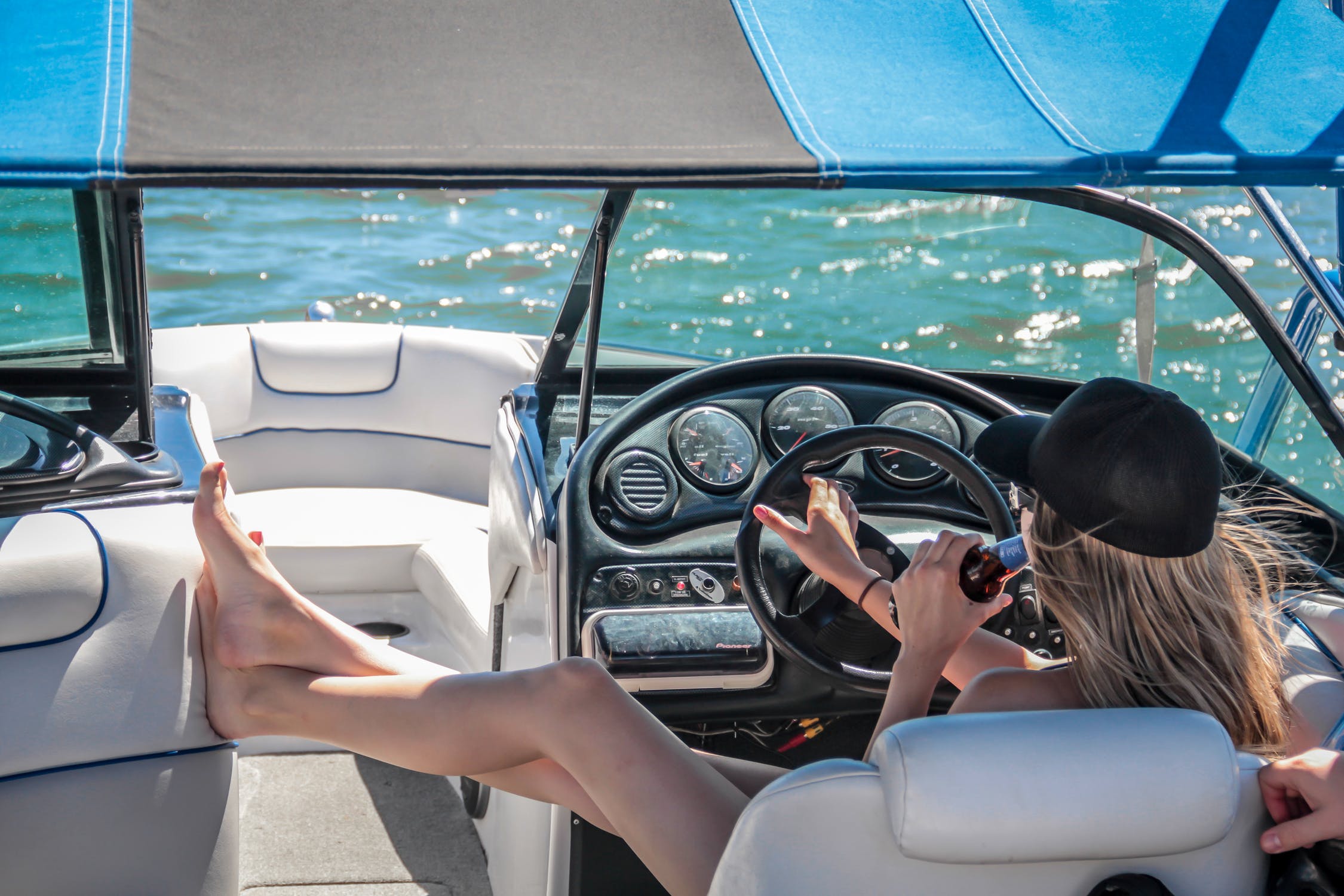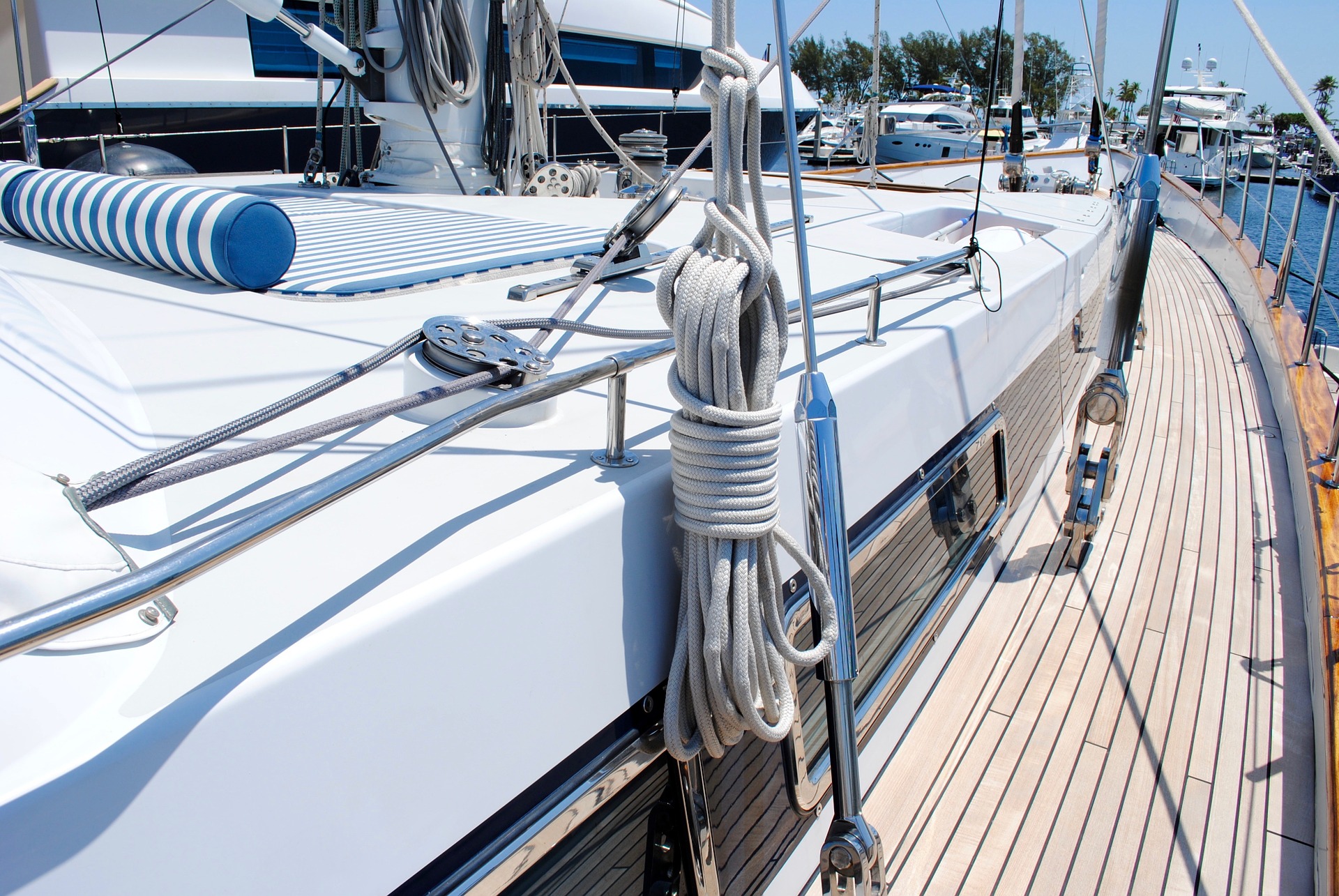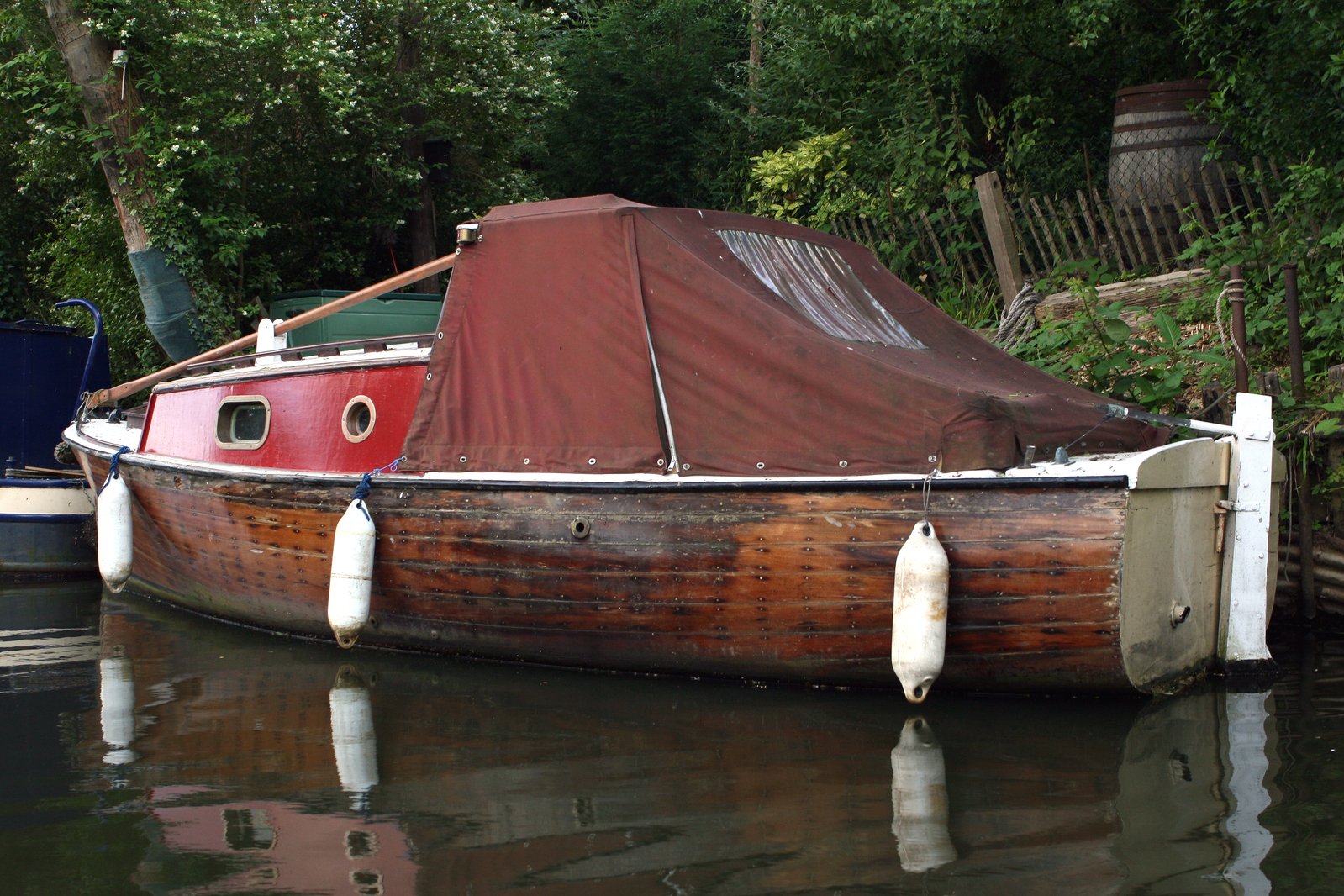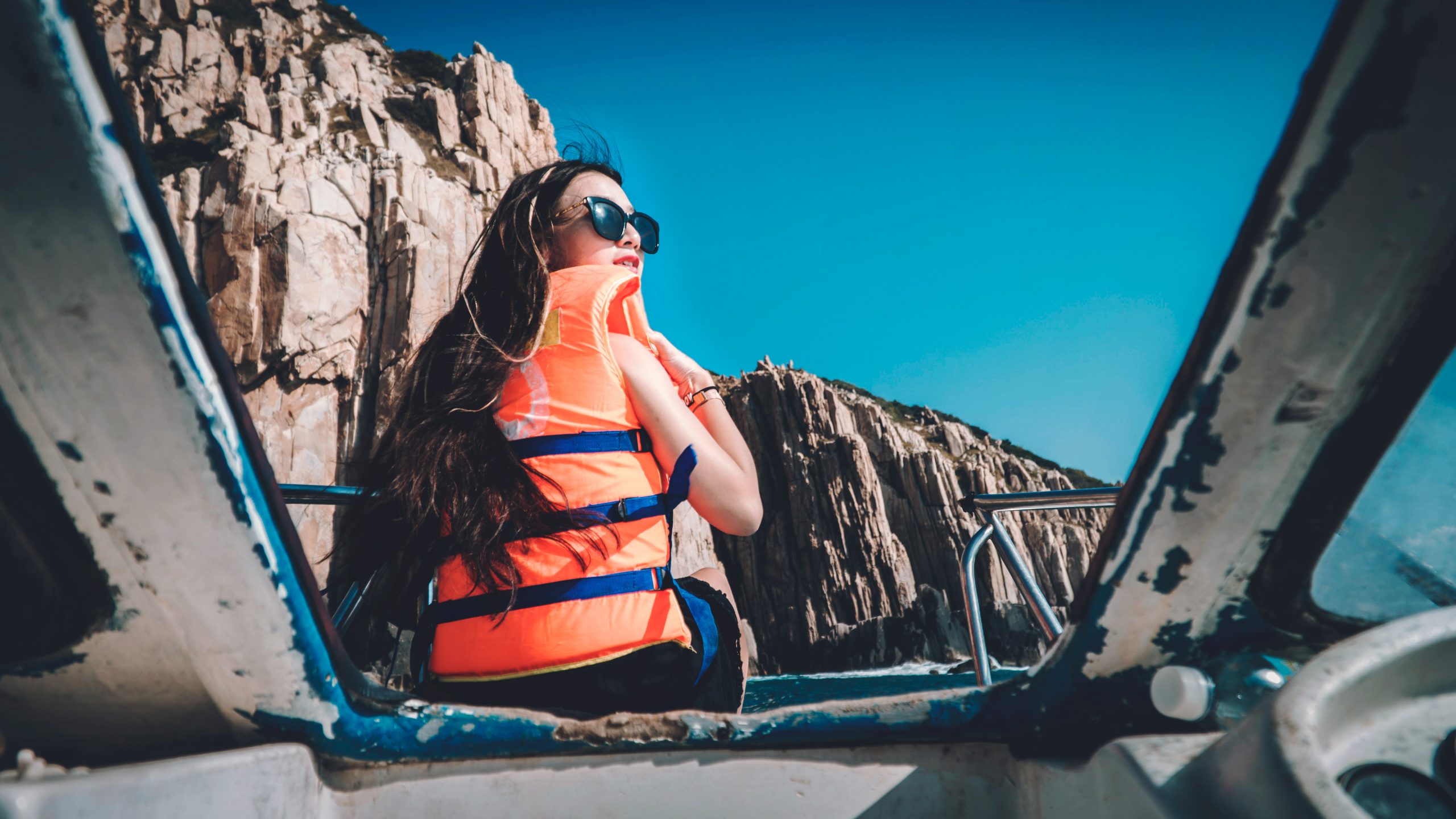
Just like any other device, a life vest has many variations and use. Now, the most common question people ask is how to select a life vest?
Well, lucky for you because we’ve listed all the factors that you should consider when buying a life vest.
YOUR LIFE VESTS SHOULD BE U.S. COAST GUARD APPROVED
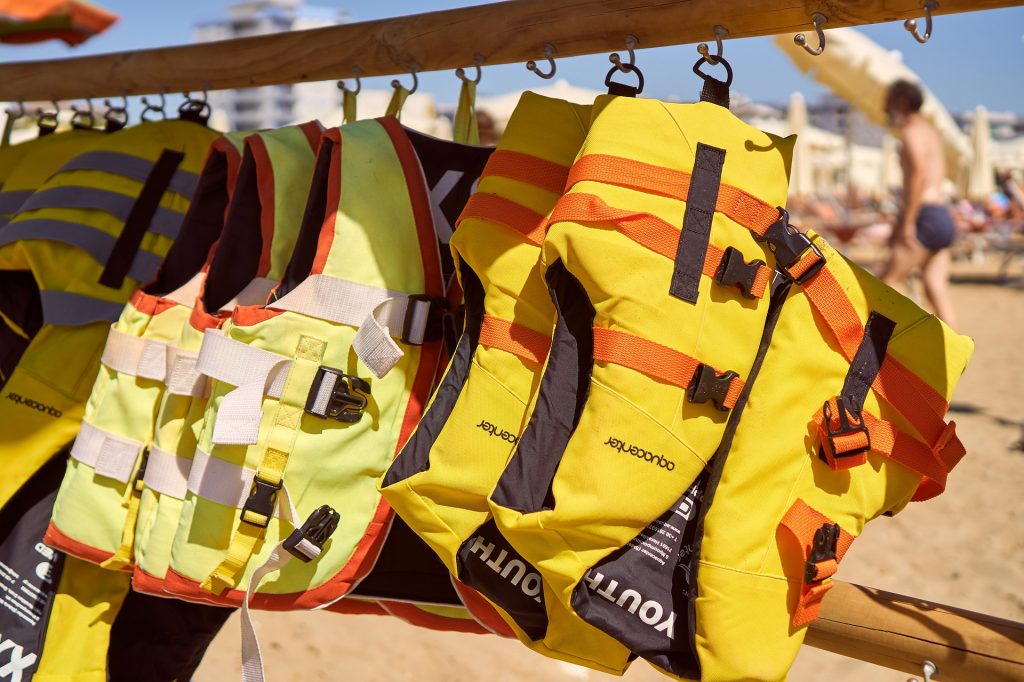
First things first, your life vests should be U.S. coast guard approved. Before using them, you need to make sure that they are in perfect condition and have the appropriate size for its user.
How to tell if a life jacket is U.S. coast guard approved?
It’s very easy to tell whether a life vest is coast guard approved since it’s written in the tag. Each life vest has a tag or label inside that indicates the type of life vest, size, user weight, performance level, turning performance, activity approval and USCG approval.
HOW MUCH WEIGHT WILL A LIFE VEST HOLD?
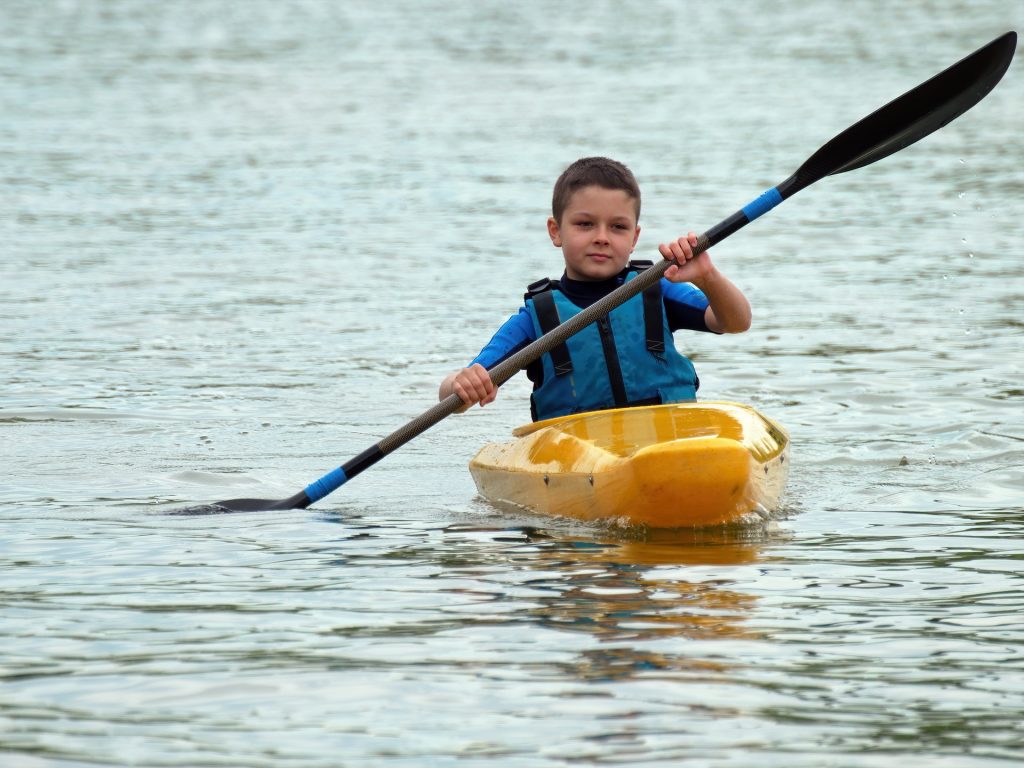
When it comes to holding up a certain weight, life vests have three variations: the low profile, the medium profile and the high profile vests.
Low-profile vests are usually used for water sports and smaller areas. They have 16-18 pounds of flotation and with thicker panels. These vests are used in kayaking, wakeboarding and windsurfing since it provides great arm mobility.
Medium profile vests are used when canoeing, driving/riding a boat and other boating activities. They also have 16-18 pounds of flotation but bulkier than low profile vest.
High profile vests are recommended for people who can’t swim and big water boating. They have 22-27 pounds of flotation because of their extra foam.
HOW LONG CAN A LIFE VEST BE WORN?
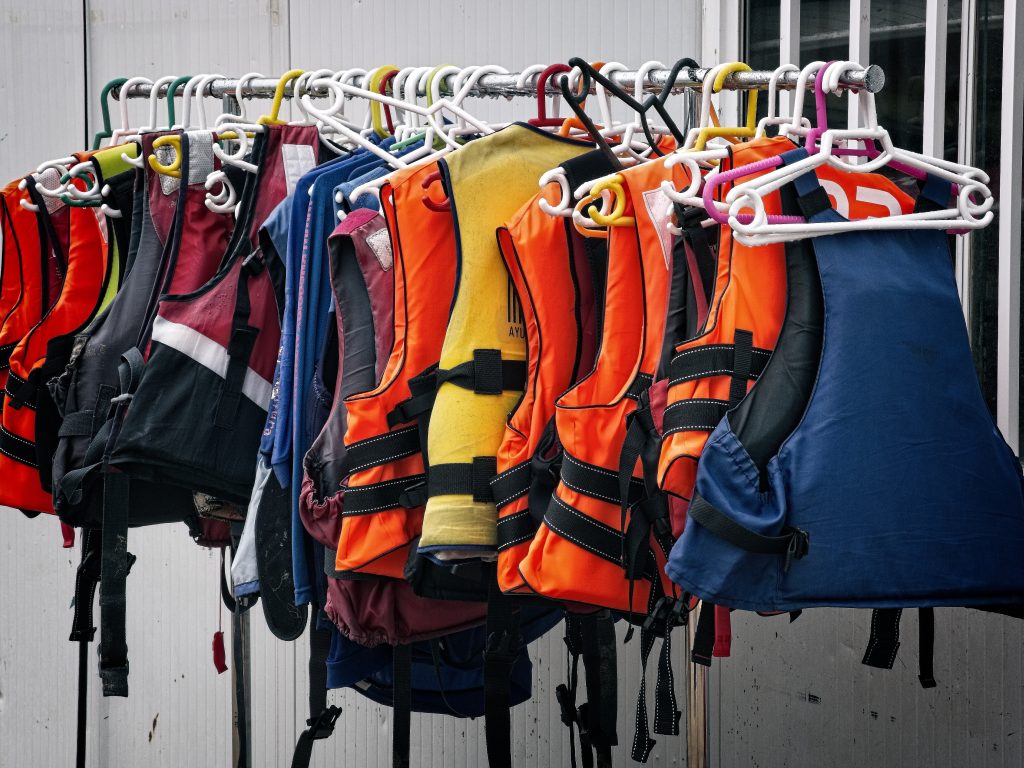
Frankly speaking, a life vest can keep you afloat for days, weeks, or even years. The maximum lifespan of a foam-filled life vest is 10 years but it still relies on the life vest’s condition, user weight, weather, etc.
Surely, a life vest will give you some spare time and prevent you from drowning. However, you need to be rescued as soon as possible to avoid health complications like dehydration, hypothermia, seawater ingestion, etc.
WHAT ARE THE DIFFERENT TYPES OF PERSONAL FLOTATION DEVICES (PDFS)?

Just like what I mentioned earlier, a life vest has many variations. It depends on where, when and who will use it.
Type I: Offshore Life Jackets are good for rough and open waters. Their user weight is up to 22 pounds and can mostly turn a person’s face up in the water. These jackets are recommended when boating alone, racing, fishing, or under a stormy condition.
Type II: Near-Shore Buoyant Vests are more preferred to use in calm waters. They can be either foam type or inflatable one, with user weights of up to 15.5 pounds.
Type III: Flotation Aids are very similar to type II in terms of user weight and for-calm-water recommendation. However, flotation aids are more comfortable to use for kayaking, canoeing, water skiing, etc., than their type II counterparts
Type IV: Throwable Devices are usually seen mounted on decks. They come in two styles; the square type and the ring/horseshoe buoy which are thrown at a person who is in the water. Its user weight is up to 16.5 pounds and is not recommended for non-swimmers, children and unconscious people.
Type V: Special-Use Devices are designed for water activities since you can move easier when wearing them. They have 15.5 to 22 pounds of user weight and can be used for windsurfing, paddleboarding, wakeboarding, stand-up paddling, etc. Some type V PDFs even automatically inflate when on water. That’s why they are more expensive compared to other PDFs.
DO LIFE VESTS EXPIRE?
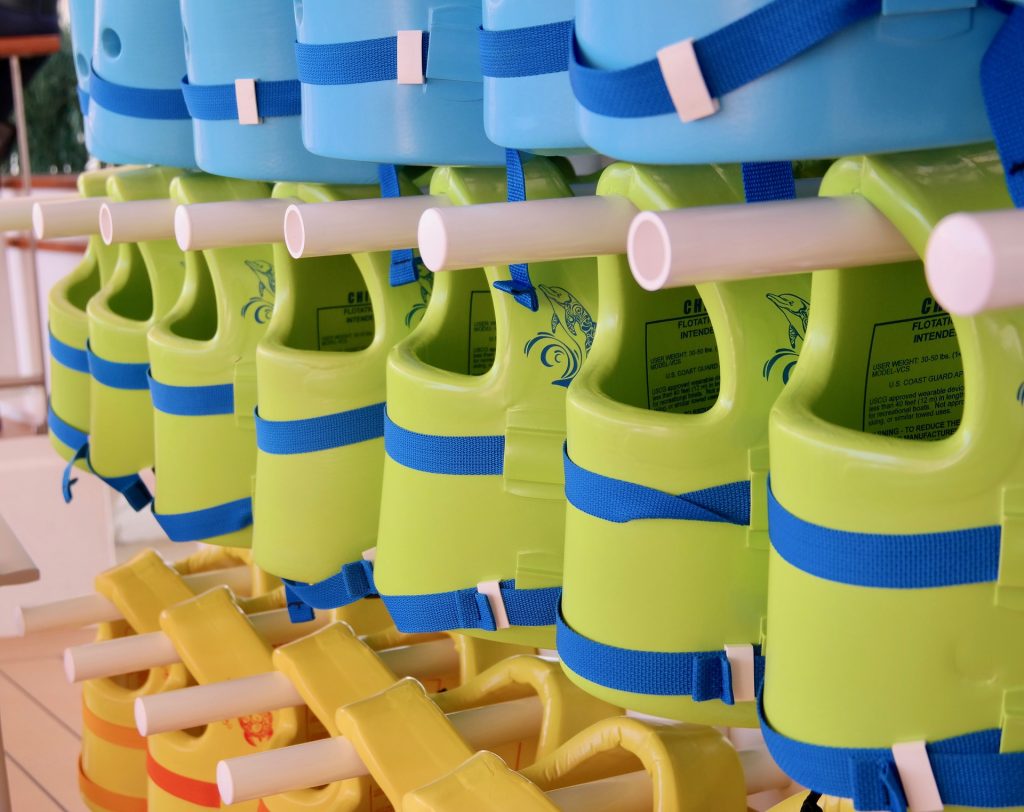
Just like I mentioned earlier, life vests can last up to 10 years but it depends on the material used and type. For inflatable life vests, you must maintain the condition of their CO2 cartridges. You also need to inspect its other components from time to time to make sure that it’s still usable.
Do you need a life vest replacement?
Even though your life vest can last for years, you still need to replace it if it’s already damaged or in bad shape. Remember, using a defective life vest doesn’t have the same flotation or buoyancy compared to new ones.
How Do You Clean a Life Vest?
You can simply spray alcohol on your life vest and wipe its straps, zippers and buckles with a clean fabric or you can hand wash it with soap and hot water. Make sure you rinse it well with clean water afterward.
HOW TO CHOOSE THE BEST LIFE VESTS FOR KIDS?
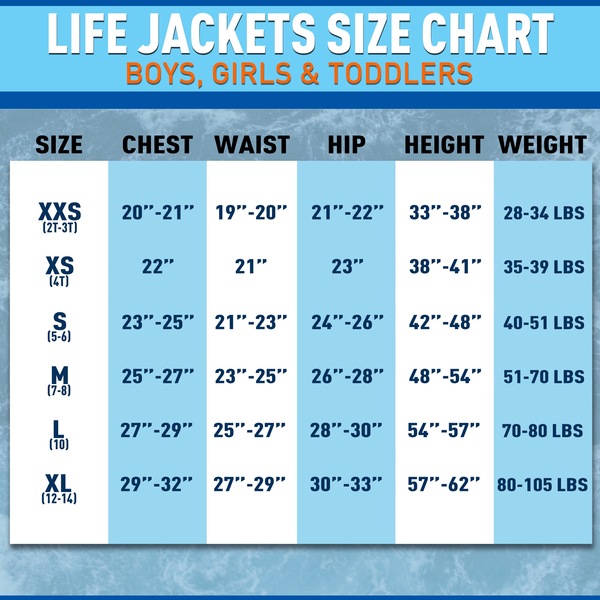
Knowing the right size for your kids is the most important factor when choosing life vests for them. The size of a life vest is measured through the chest and not only on the weight.
If life vests are too big, then there’s a possibility they will slide up and cover your children’s faces. While if the life vest is too small, it may not keep their bodies afloat once they are on the water.
CONCLUSION
A life vest is a device that looks simple yet has an exceptional use. In fact, according to the United States Coast Guard, almost 80% of boating fatality victims were saved by life vests.
There are plenty of things to consider when selecting the right life vest: the type, the size, the quality of the materials and the activity that you’re going to do.
If you have some questions about boat safety, always ask someone or do some research first. Follow safety measurements when doing water activities and always wear your life vest!
Do you agree with our list? Feel free to comment on your personal favorites below

